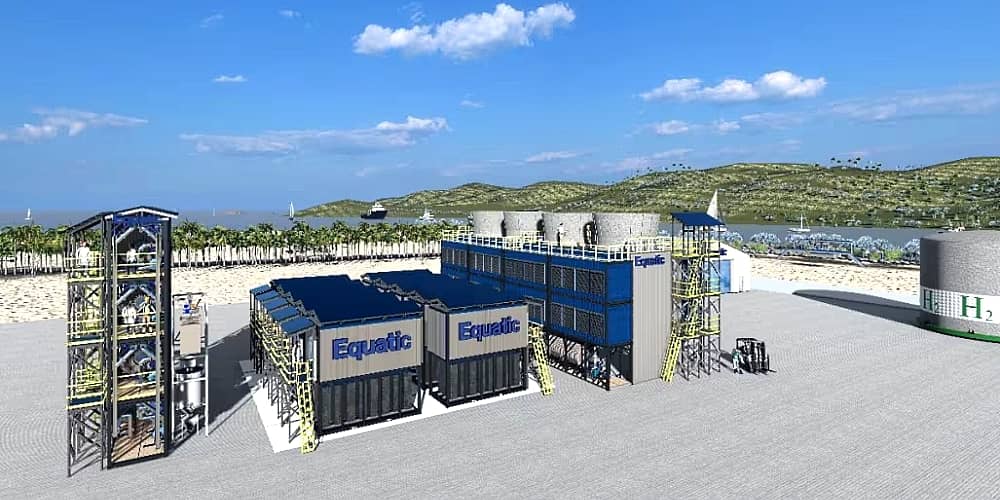A pioneering project was born in the heart of Singapore, the result of the synergy between UCLA (University of California, Los Angeles) and the national water agency of Singapore. This is Equatic-1, a mega plant that aims to address two of the most pressing environmental challenges of our time: CO2 capture and the production of clean hydrogen.
With the aim of eliminating 3.650 tonnes of CO2 per year and producing 105 tonnes of hydrogen, Equatic-1 marks a significant step forward in the search for sustainable solutions. It will be among the largest facilities of this type in the world.
International synergies for the climate
At the heart of Equatic-1 is an innovative process that uses seawater electrolysis to capture CO2 and produce green hydrogen.
The success of two smaller pilot projects (just in Los Angeles and Singapore) has demonstrated the validity of seawater electrolysis as an effective technique for reducing atmospheric CO2 and producing hydrogen. It was the starting point that favored the collaboration with the PUB, Singapore's public water management agency, which gave a decisive impetus to the construction of the plant.

CO2 capture at the highest levels
The solution developed for this plant amplifies the ability of the oceans to act as "natural reservoirs" of CO2, offering a concrete response to the climate crisis. Double effect then, if we consider the decarbonisation offered by the production of green hydrogen, estimated at over 100 tonnes per year.
Equatic-1 is a beautiful model of an integrated and collaborative approach between multiple international entities: research institutions, government agencies and the private sector. I see no other way to fight climate change. Funny, the world on a geopolitical level is going in the opposite direction: even more blocks and even more walls.
The capture of CO2 is just a miracle within the greater miracle of remedying the mess we have made. We won't do it with other slaughterhouses, but only with concrete and scalable solutions.


